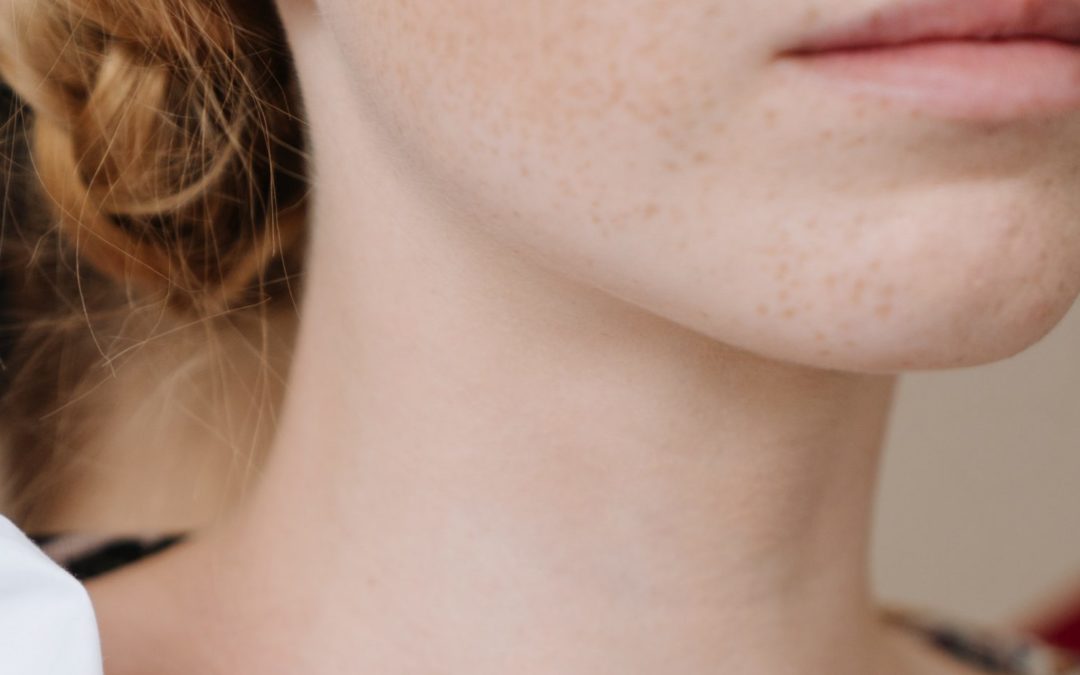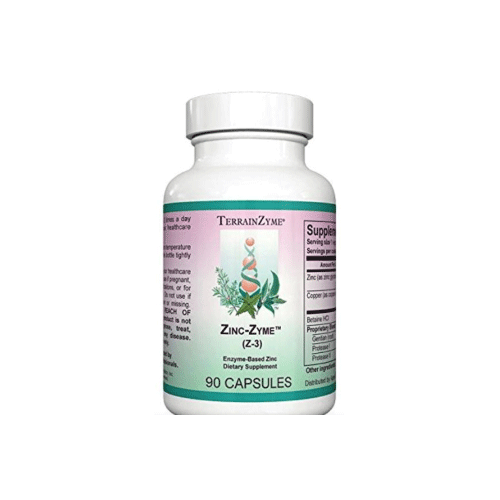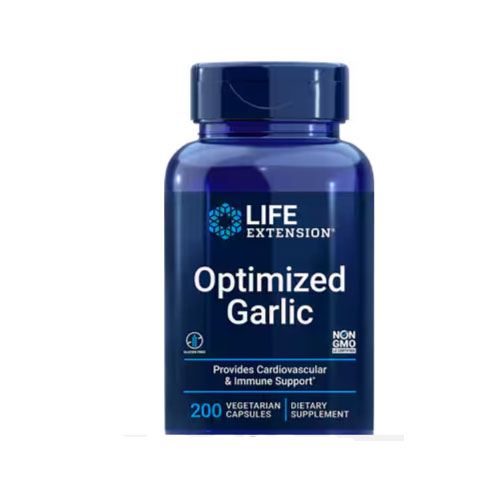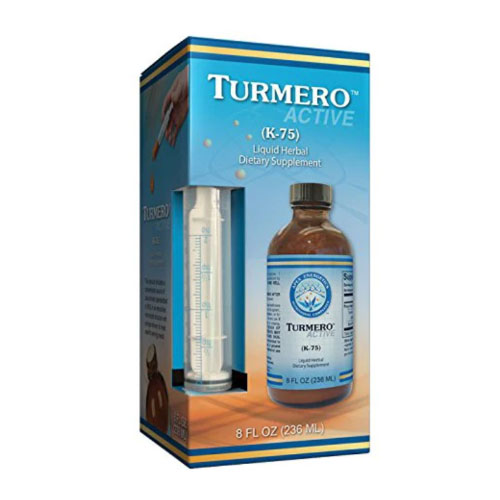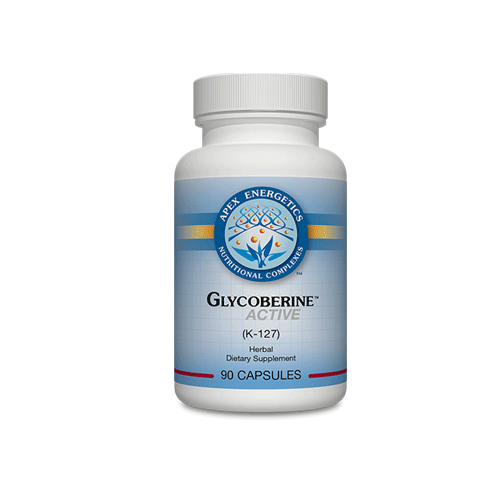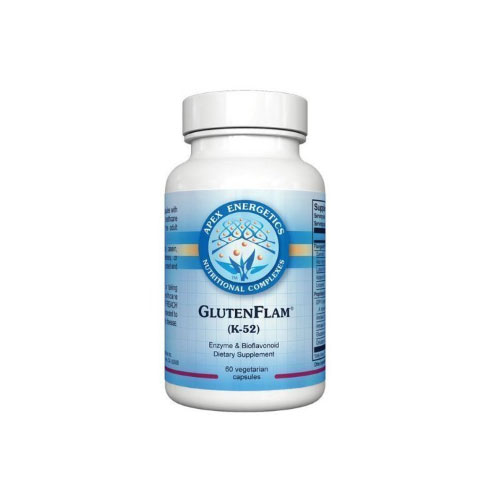Over two-thirds of adults struggle with stubborn fat underneath their chin. However, several cosmetic procedures can help eliminate the “double chin” appearance. The better known Kybella and the radical new no needle, no anesthetic Evoke are non-invasive methods to remove excess chin fat. There are, however, several distinctions to consider before choosing your treatment at the Clearfield Medical Clinic.
The most significant difference between Evoke vs. Kybella is the procedure. Evoke, our choice, is entirely non-invasive. Kybella requires injections. Further, each treatment targets fat cells in a different manner yielding different results. Before choosing between Evoke vs. Kybella, discuss your cosmetic goals with Dr. William Clearfield to determine which treatment is best for you.
What are the Differences Between Evoke and Kybella Procedures?
When comparing Kybella vs. Evoke, it is essential to determine your goal. Are you trying to reduce excess fat below the chin, or do you also wish to reduce visible signs of aging?
Though both treatments are non-invasive, Kybella and Evoke dramatically differ in their approach to targeting excess fat. Kybella requires Dr. C to use several injections containing an acid mixture to remove fat cells underneath the chin, allowing the body to absorb them naturally. Since Kybella uses a targeted procedure, its main objective is to permanently remove excess chin and neck fat.
Evoke does not remove excess fat like Kybella but instead restructures fat and tissue for a slimmer appearance. Though Evoke does not eliminate fat, the treatment provides enhancements to more areas than Kybella can, including the neck and cheeks. Evoke also rejuvenates the skin for a fresh, more youthful appearance.
Recovery and Results Differences
Recovery differences between Evoke vs Kybella are relatively minor as both procedures are non-invasive and require minimal downtime. Patients may develop minor side effects, such as skin redness and soreness, after either treatment. Another vital factor to consider is future treatments, as Evoke patients may need yearly follow-up procedures to maintain effects.
Since Kybella uses injections, the treatment poses a few more risks than Evoke sessions. Possible complications include infections, bruising, bleeding, and bump formation in the skin. Speak with Dr. C at the Clearfield Medical Clinic if you have any concerns.
Cost Difference Between Evoke and Kybella
Since Evoke and Kybella are cosmetic treatments, health insurance does not cover either option. A Kybella treatment ranges from $1,200 and $1,800 in price, and several sessions may be necessary to achieve ideal results. Evoke procedures vary in price based on treatment areas but, on average, cost between $1,800 and $3,000.
Similar to Kybella, Evoke requires three to six treatment sessions to achieve noticeable enhancements. In the end, Kybella treatments would be the cheaper treatment option for removing stubborn chin fat. However, the additional appearance benefits from Evoke may be worth the cost.
Discuss Whether Evoke or Kybella is Right for You
Comparing Evoke vs. Kybella highlights several differences between the two treatments. The crucial difference is their approach to appearance alterations. Kybella removes excess fat while Evoke restructures fat cells. Though both treatments aim to slim the chin, neck, and jawline with non-invasive techniques, Kybella relies on injections, and Evoke utilizes external heat application.
Beyond differences in results and procedure methods, Evoke and Kybella differ in cost and the number of treatment sessions necessary for results. Contact Dr. C at the Clearfield Medical Clinic to discuss which treatment is best for you.

